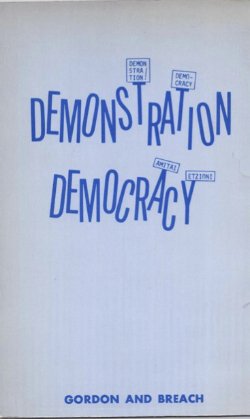By Thomas S. Kuhn
Thomas Kuhn was a graduate student in theoretical physics at Harvard, close to finishing his dissertation for his PhD, when he was asked to teach an experimental college course on science for non-scientists. It was his first real taste of the history of science, and it changed his life.
To his surprise, the course altered some of his basic assumptions about science, and the result was a big shift in his career plans from physics to the history and then philosophy of science. In his mid-30s he wrote a book on Copernicus, and five years later produced The Structure of Scientific Revolutions. A monograph of only 170 pages, the book sold over a million copies, was translated into 24 languages, and became one of the most cited works of all time in both the natural and social sciences. Its success was highly unusual for an academic work, and was a shock to Kuhn himself.
The work is shortish because it was originally composed with the aim of being a long article in the Encylopedia of Unified Science. Once published, this article was expanded into a separate book. This limitation turned out to be a blessing, as he was prevented from going into lengthy and difficult scientific detail, making the book just readable for the layman.
Why has the Structure made such a huge impact? If its message has been restricted to science itself the work would still be very important, but it is the generic idea of ‘paradigms’, in which one world view replaces another, that has been considered valuable across so many areas of knowledge. Indeed, at several points in the book Kuhn touches on the fact that paradigms exist not only in science, but are the natural human way of comprehending the world. The roots of the book lay in an experience Kuhn had reading Aristotle, when he realised that Aristotle’s laws of motion were not just ‘bad Newton’, but a completely different way of seeing the world.
Chicaco. The University Ofchicago Press. 1970. 217p. CONTAINS MARK-UP





















